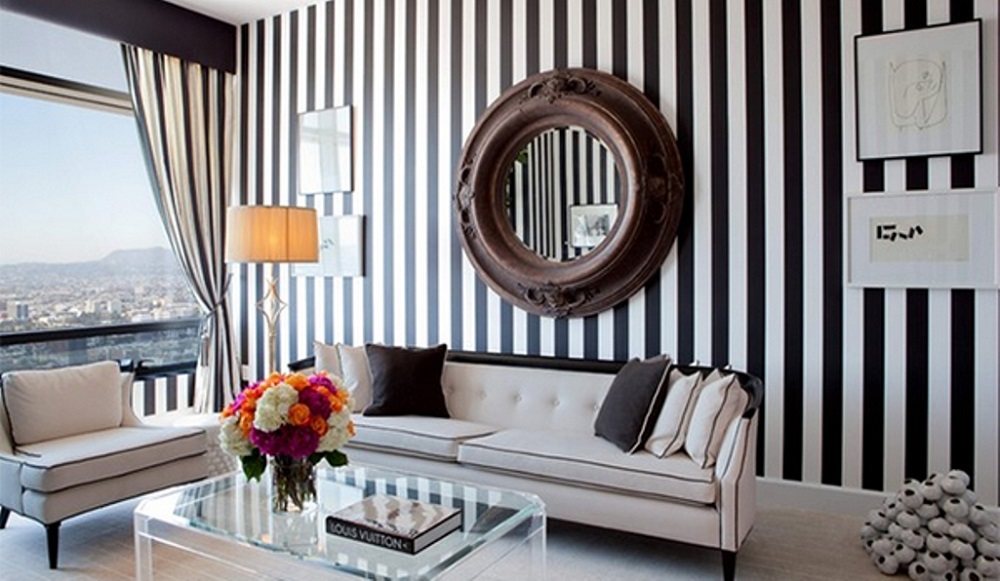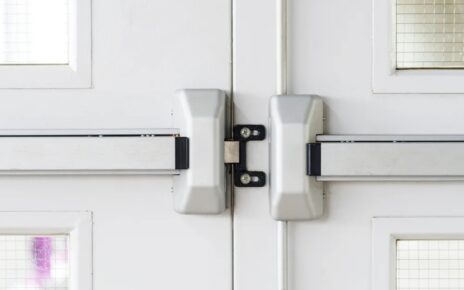Redecorating your house can take you a step up in the style and sophistication of your living space. It can make your house more inspiring to live in and more saleable. Creating a “designer home” suggests creating an indoor environment that rivals in chic and sophistication of what a professional interior designer might produce. But there are countless different designs, styles, and approaches – nearly as many as there are different interior designers. Thus it’s a good idea to get a sense of some general trends and then use your own imagination, tastes, and creative ideas. You can also incorporate designs from existing decor that you find in home decoration magazines, in books, or on websites, or this is something Loft Conversion West London can help you with. The following are some general principles and suggestions regarding doing a professional looking job of redecorating your house.
Some Principles to Use: Rhythm, Progression, Balance, Focus, and Holism
Professional designers often employ some basic visual principles in their design and you can benefit from knowing these principles too.
Rhythm
Rhythm refers to the way items in a house repeat. Just as in music a drum beat and other instrument sounds repeats in order to create a groundwork and structure for the composition, shapes and colors repeat to create a visual or spatial composition. Furniture, lighting, artwork, window dressings, and floor coverings can all be worked with to create a sense of rhythm.
Progression
Progression refers to how these recurring elements change. An example here might be setting up lamps of the same shape that get larger and larger or using two alternating colors in chairs of the same design series.
Balance
Balance deals with how elements are laid out in a room for a logical, well placed look. They should not necessarily be symmetrically placed (though symmetry is one kind of balance you can use) but they should have some sort of even distribution.
Focus
Focus involves creating one or several focal points in a room. These might be furniture pieces, lamps, fancy loft ladders, artwork, or collections of these. Their purpose is to draw viewers’ eyes to a certain area and create a center of attention.
Holism
Finally, holism refers to the way all the elements work together to create a totality i.e. the whole room and from there the whole house. Keep in mind that holism does not necessarily mean “matching” décor. Eclecticism is a common modern look and suggests incorporating many different styles and even time periods into one design.
You can use these principles with some of the décor elements mentioned below:
Modern Furniture
Use of what is considered modern furniture is a good first step in redecorating your house. Furniture can be moved around and even taken back if it doesn’t work as well as you thought. There are a huge range of options in modern furniture purchase and a correspondingly large range of price. There are extremely inexpensive modern looking pieces at discount stores and original designer pieces that cost hundreds of thousands of dollars. Look for furniture that you like and can afford and that has some kind of stylistic continuity that can be continued from room to room. You might start with replacing the furniture in a single room and let that inspire you to refurnish other rooms, thus progressively updating the furniture.
Lighting
You can take a similar approach with lighting. It can be found in all kinds of modern or designer styles in many price brackets. You can try out some lighting and gradually phase in more of it or related lighting if you find that you enjoy it.
Art
Find paintings, photography, and sculptural elements that work with the furniture and lighting in some way. Again, using the above principles can help you to do this. Wall art is easy to shift around, so be experimental and try a number of configurations out to find the right kind of balance.
In summary, use basic principles like rhythm, balance, focus, and progression along with color and texture to create interior design that you enjoy in your house. There are many options for purchasing basic design elements such as furniture, lighting, and art, and they should suit your overall budget. Use your own creativity and ideas, as well as any ideas that inspire you from other sources, and create well integrated decor that both looks professional and that you feel comfortable living in.




